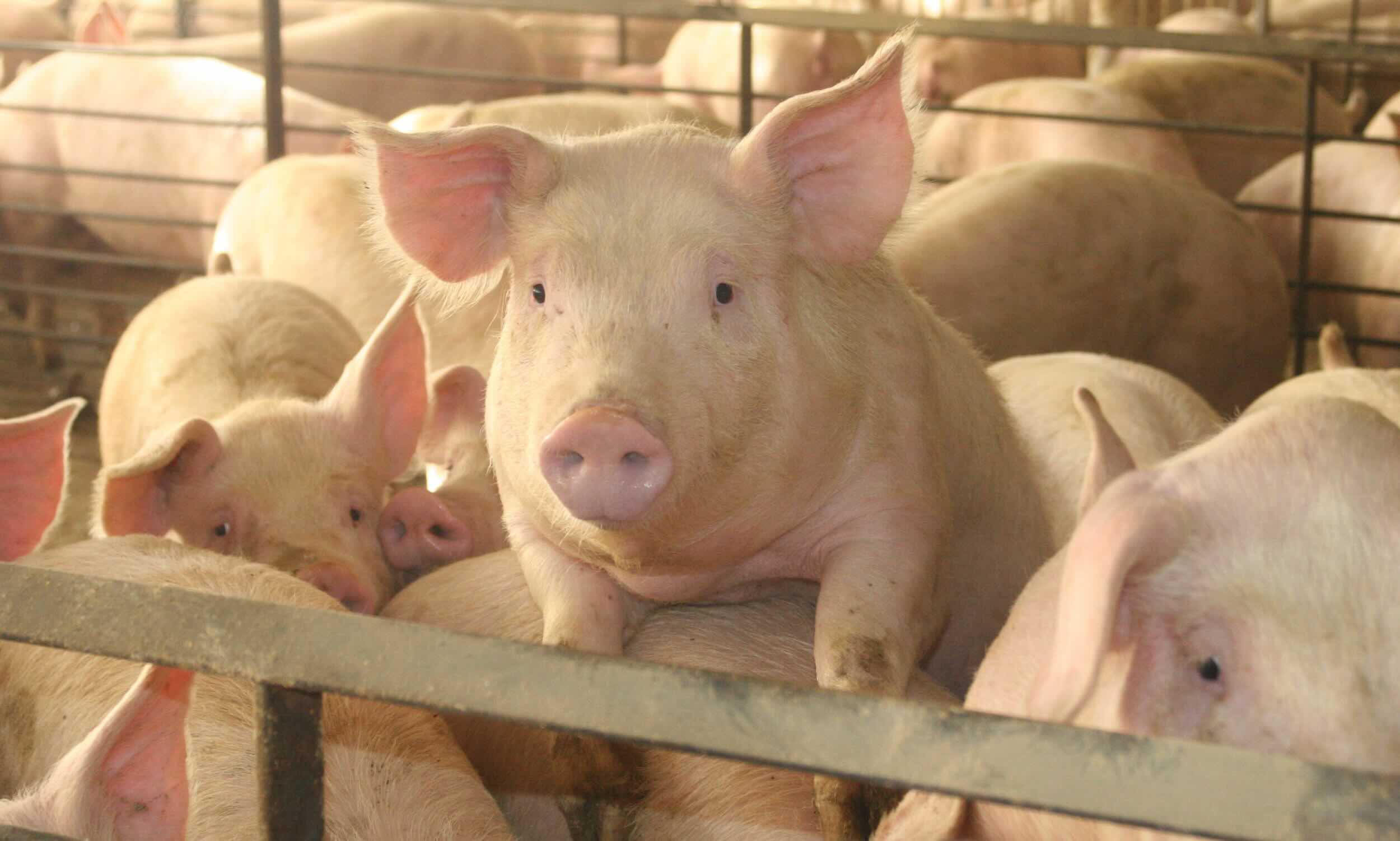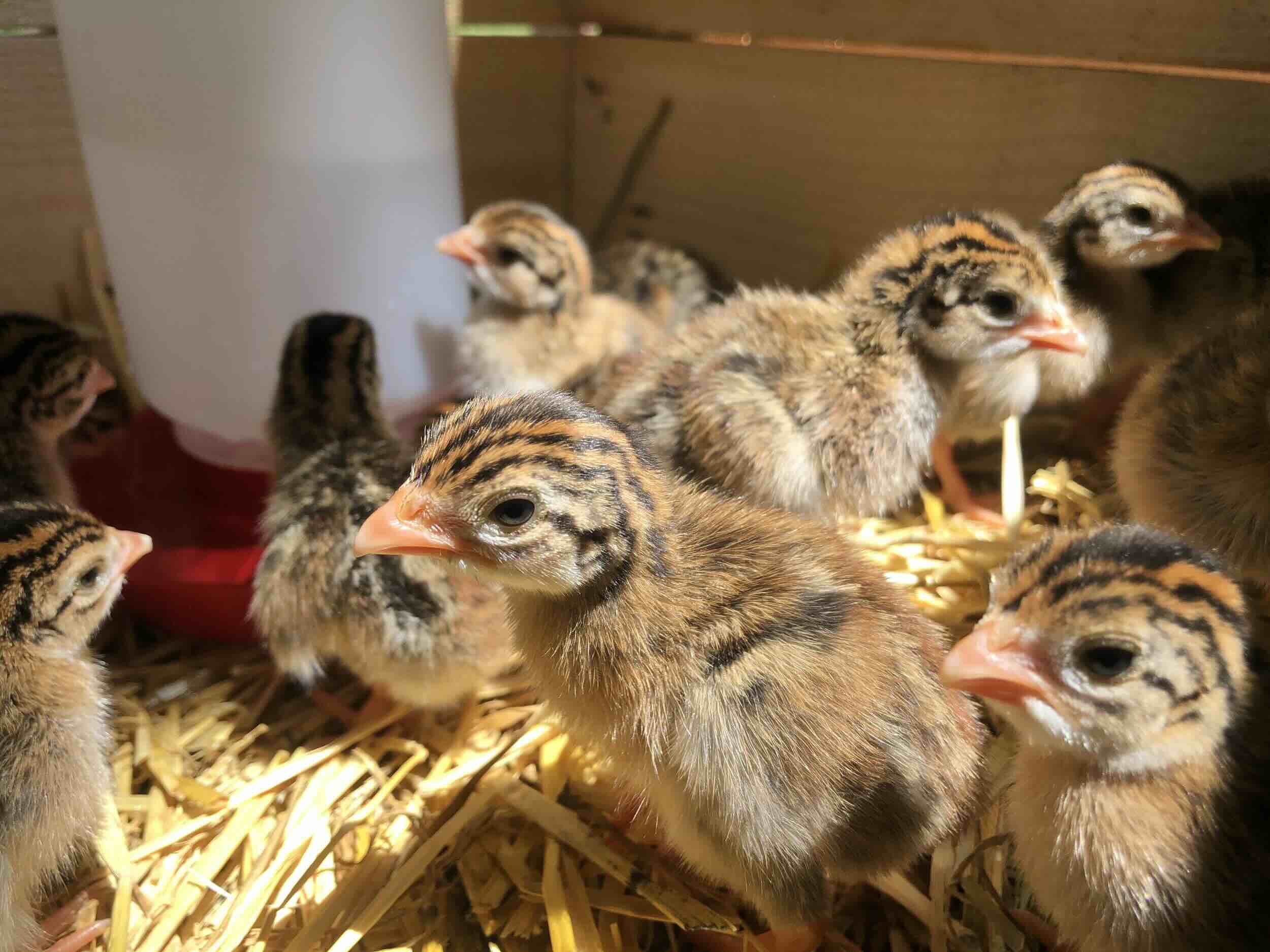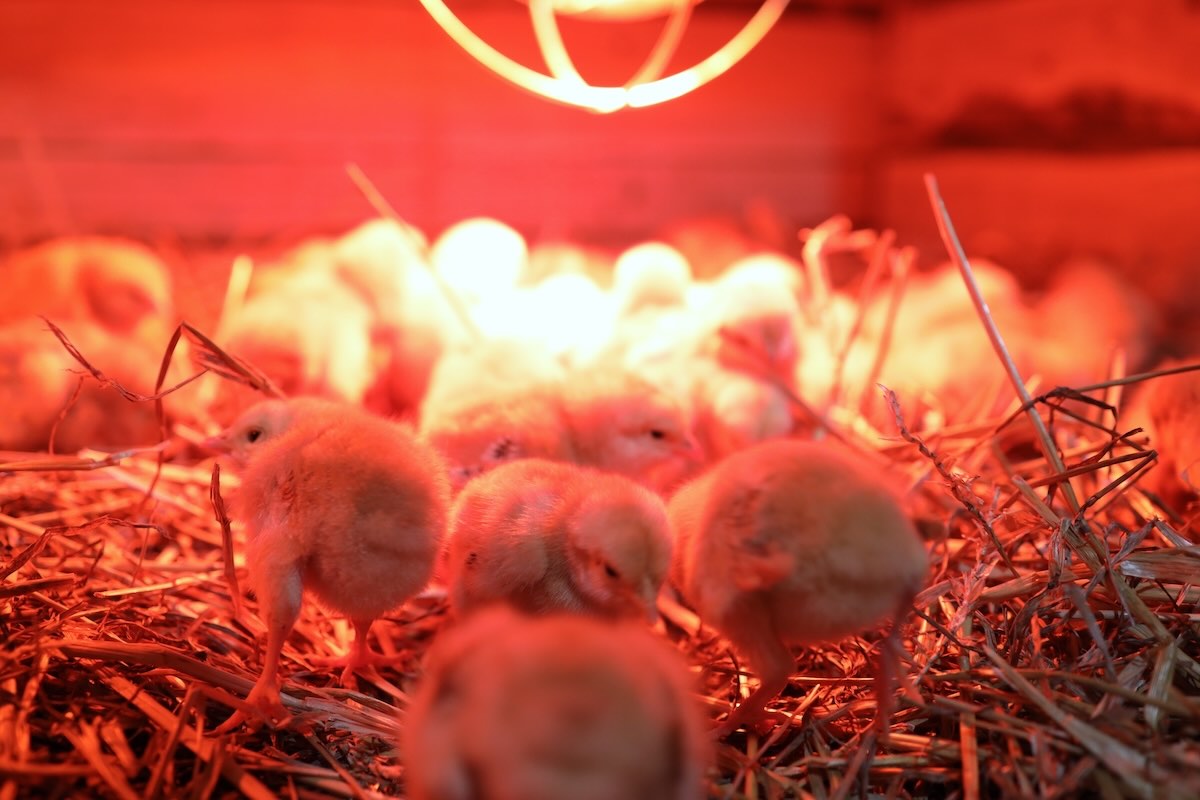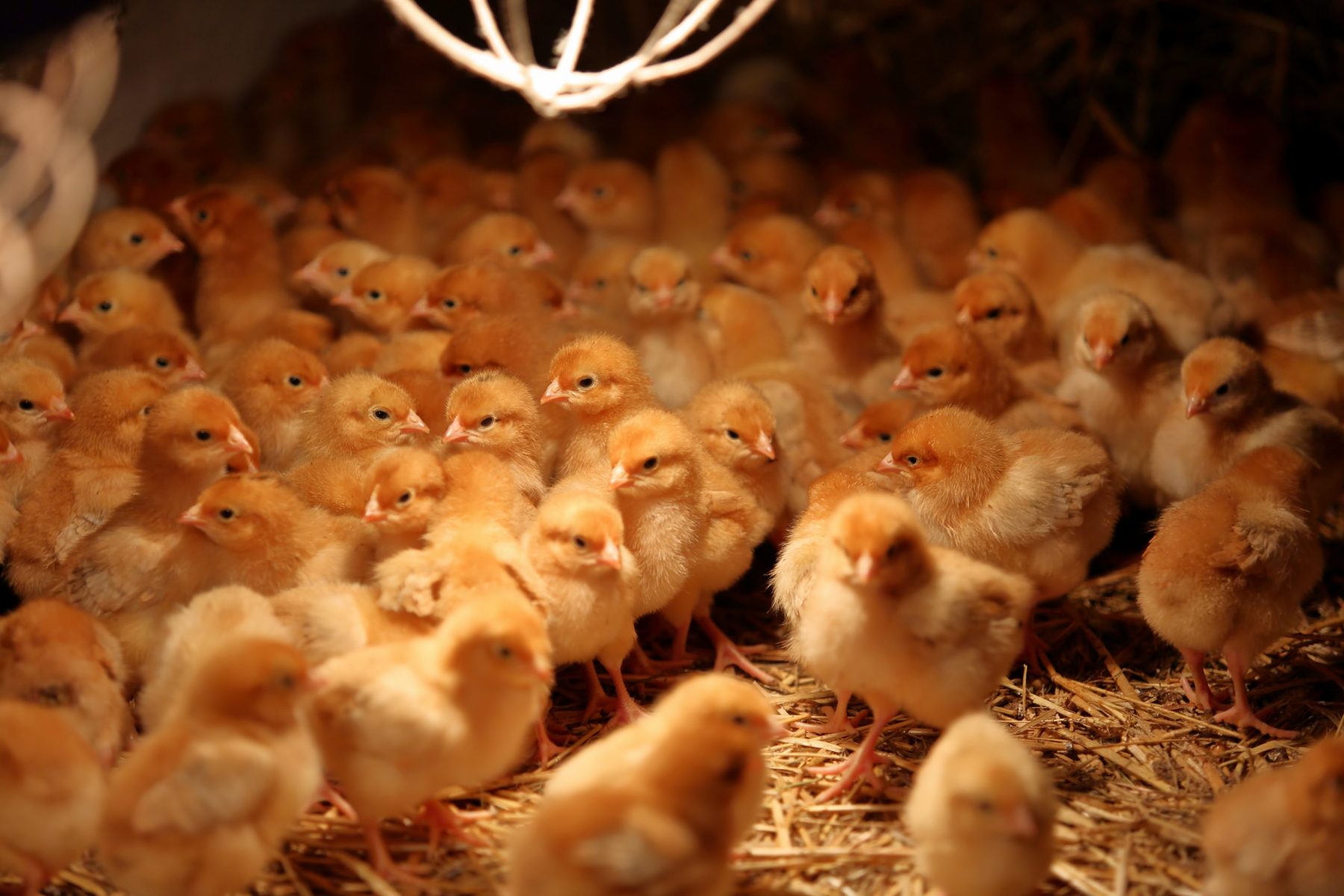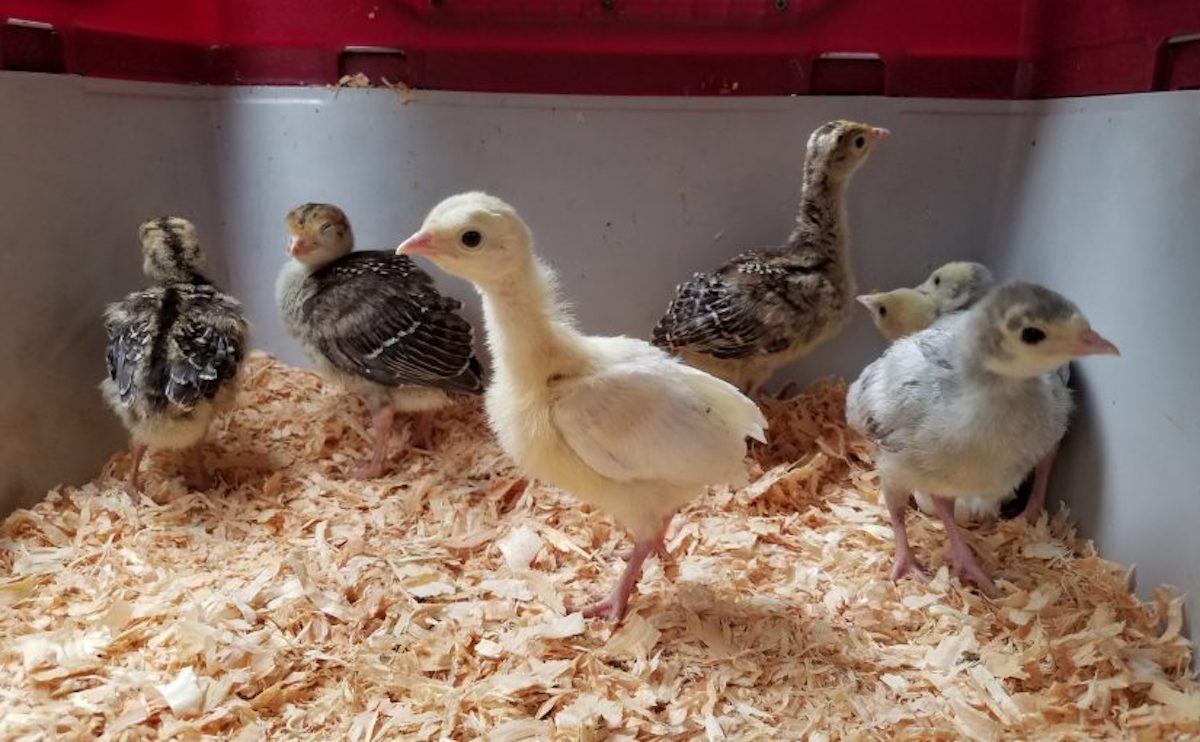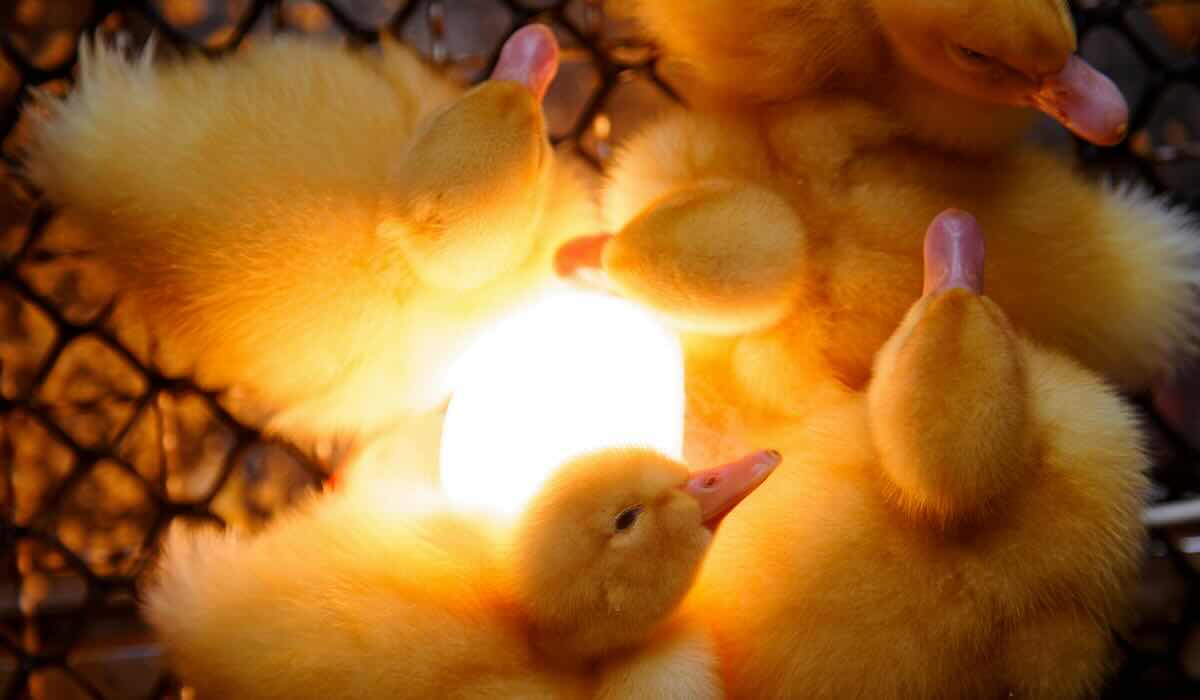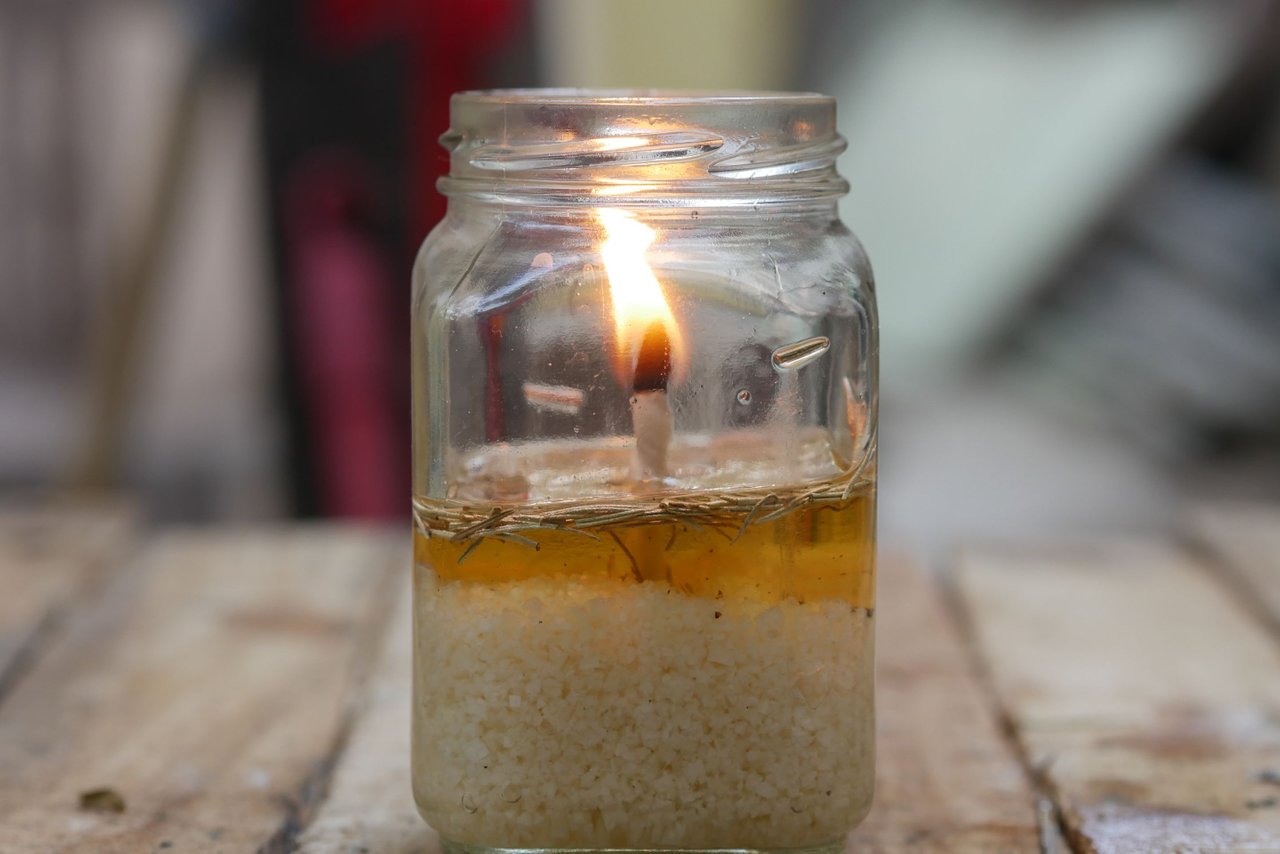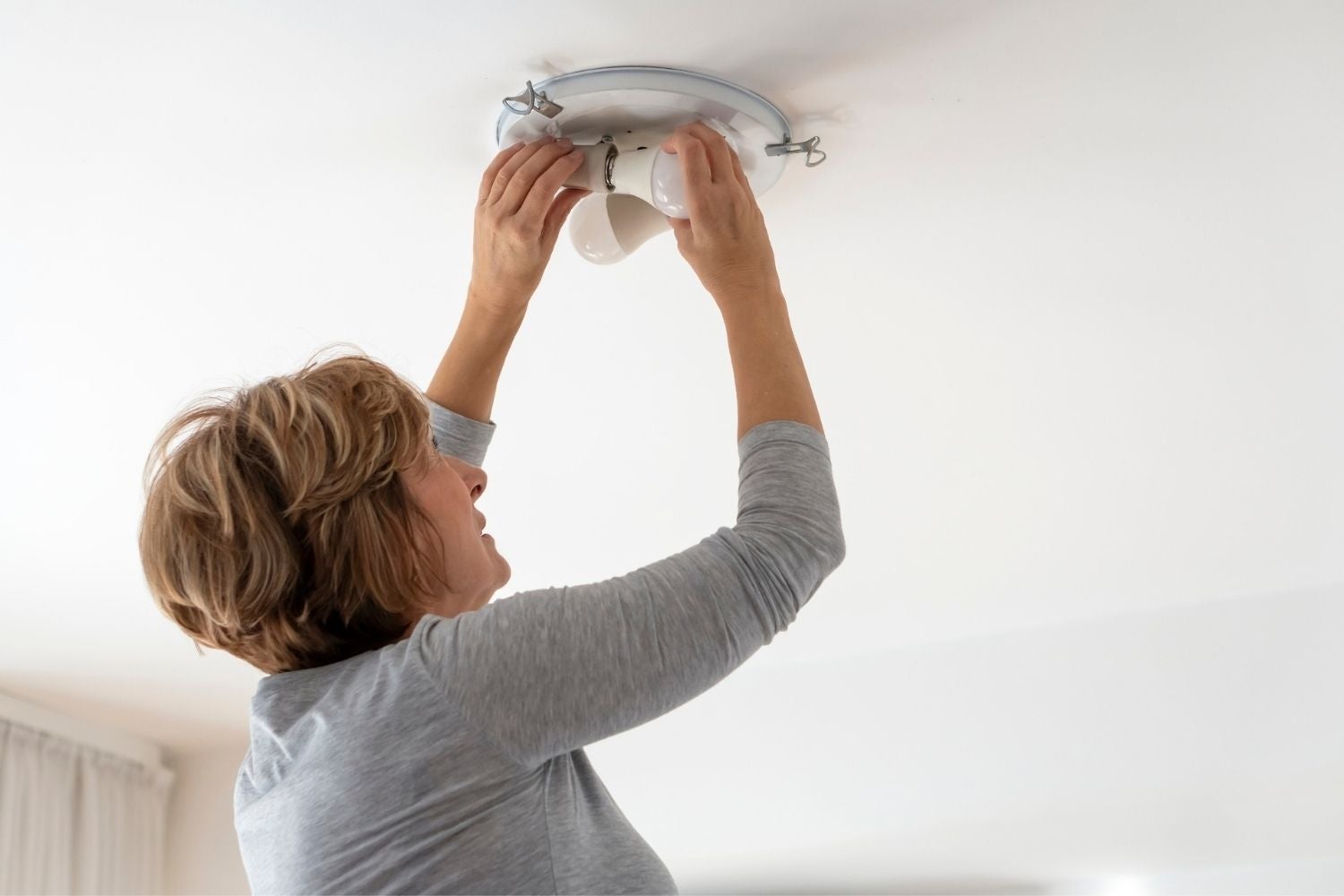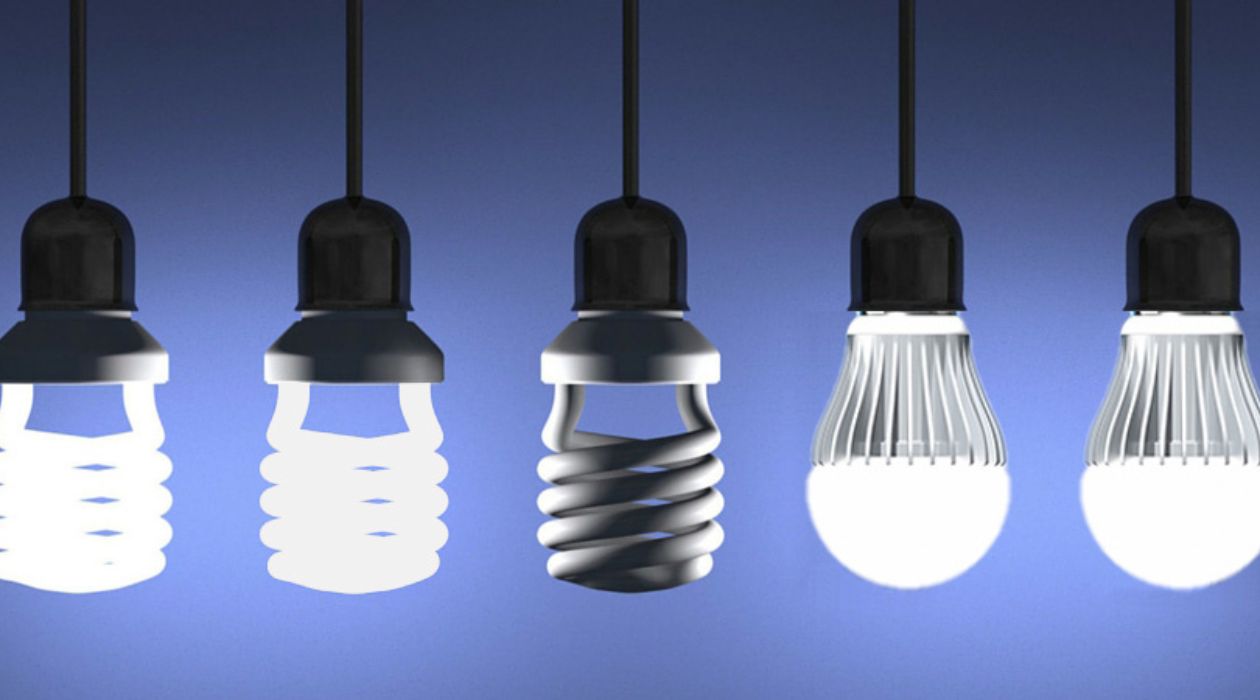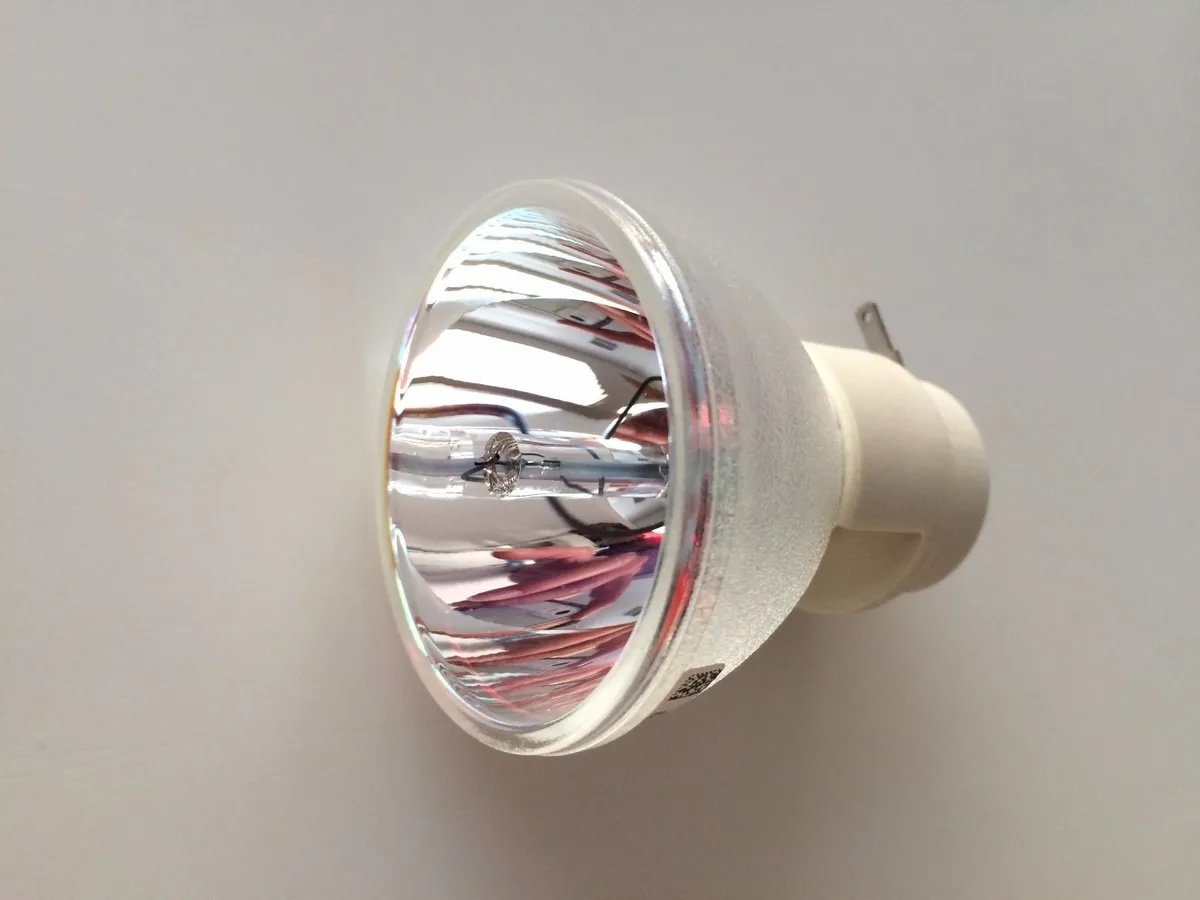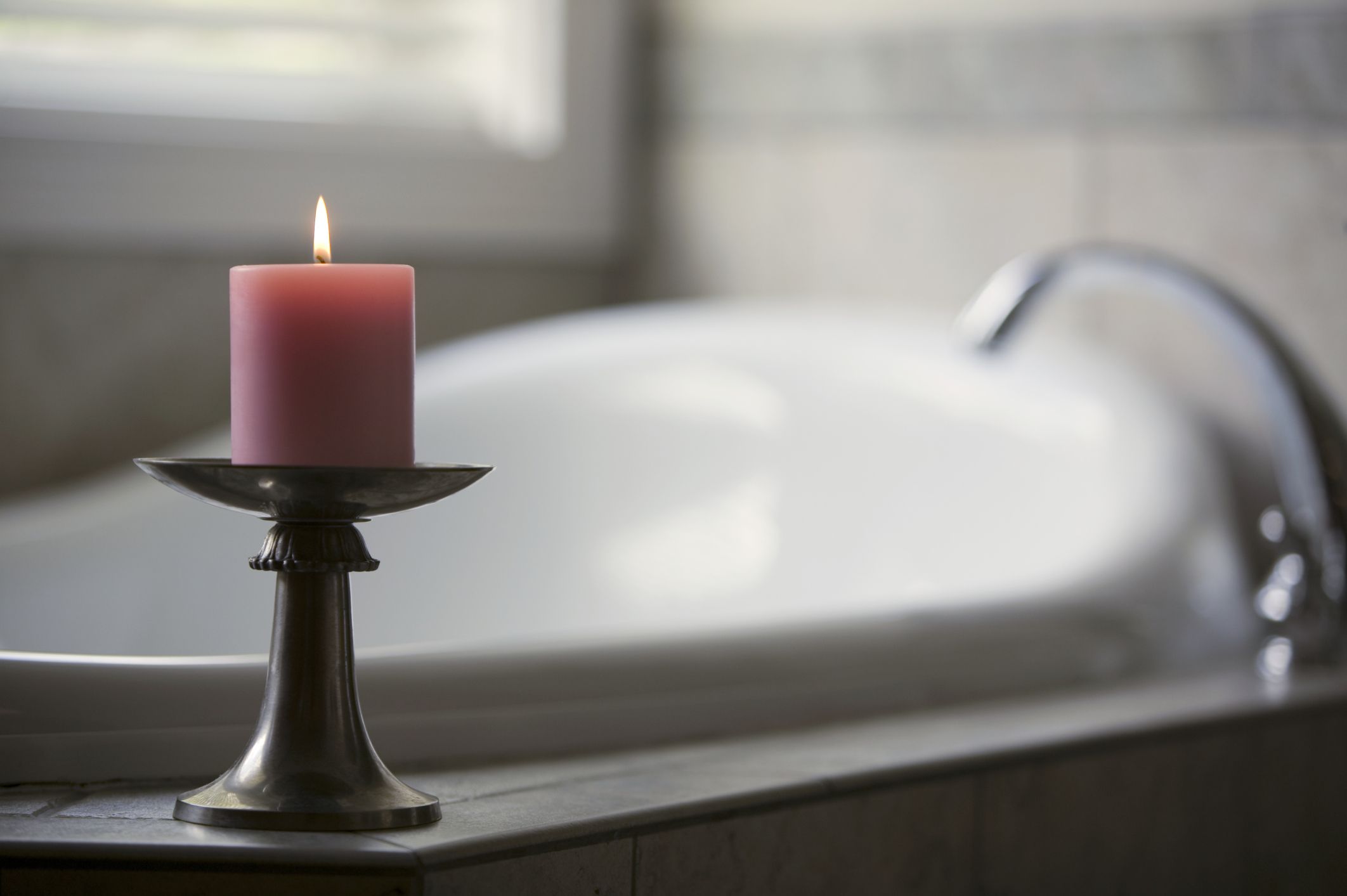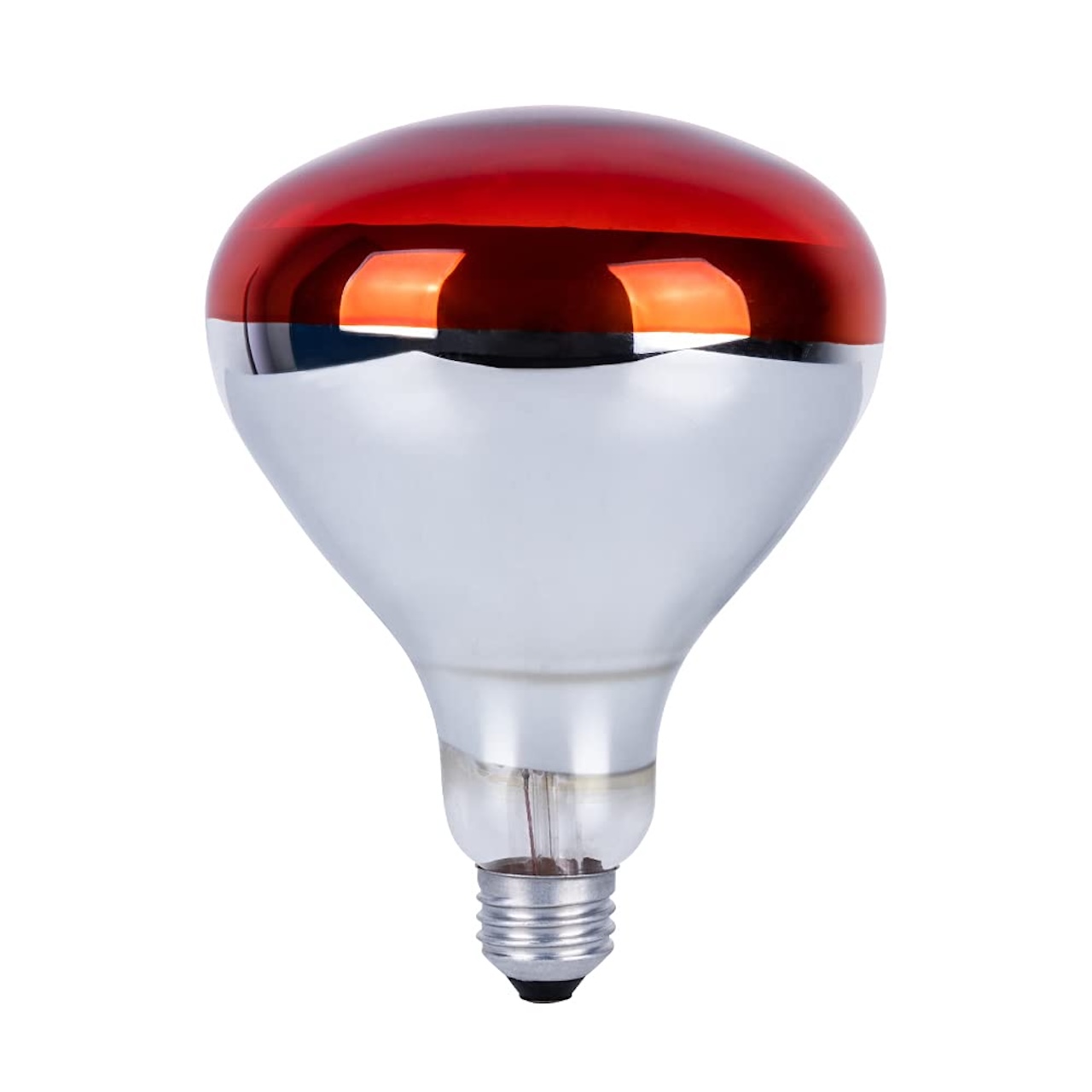

Furniture
How Long Do Heat Lamp Bulbs Last
Modified: December 7, 2023
Discover how long heat lamp bulbs last and their impact on furniture. Find out the lifespan of these bulbs for optimal performance and durability.
(Many of the links in this article redirect to a specific reviewed product. Your purchase of these products through affiliate links helps to generate commission for Storables.com, at no extra cost. Learn more)
Introduction
When it comes to heating solutions for various applications, heat lamp bulbs have become a popular choice. These specialized bulbs are designed to emit radiant heat, making them ideal for keeping spaces warm and cozy. Whether you’re using them for reptile tanks, outdoor terraces, or even in your bathroom, heat lamp bulbs offer an efficient and effective way to provide warmth.
In order to get the most out of your heat lamp bulbs, it’s important to understand their characteristics and lifespan. By knowing how long heat lamp bulbs typically last and how to properly maintain them, you can ensure optimal performance and avoid unexpected burnouts.
In this article, we will explore the factors that affect the lifespan of heat lamp bulbs, the average lifespan you can expect, and signs to look out for when a heat lamp bulb is nearing the end of its life. We will also discuss some tips to help you maintain and extend the lifespan of your heat lamp bulbs. Let’s dive in!
Key Takeaways:
- Ensure optimal heat lamp bulb performance by understanding factors affecting lifespan, monitoring signs of deterioration, and implementing maintenance tips for extended use.
- Maximize heat lamp bulb lifespan through proper handling, regular cleaning, regulated usage, and timely replacement to maintain consistent and reliable heating solutions.
Read more: How Long Do Electric Heated Floors Last?
Understanding Heat Lamp Bulbs
Heat lamp bulbs are specially designed to emit infrared radiation, which generates heat. They are commonly used in a variety of applications, such as reptile terrariums, chicken coops, outdoor patios, and even in industrial settings. These bulbs come in different wattages and shapes, allowing them to fit different fixtures and provide varying levels of heat.
One of the key components of a heat lamp bulb is the filament, which is made of tungsten – a material known for its high melting point and durability. When electricity passes through the filament, it heats up and emits infrared radiation that produces heat. The bulb’s outer glass envelope is designed to allow the heat and infrared radiation to pass through while protecting the filament from external elements.
Additionally, heat lamp bulbs come in different colors, such as clear, red, and frosted. The color of the bulb can affect the quality and intensity of the heat it produces. Clear bulbs emit a broad spectrum of heat, while red ones provide a gentle and soothing warmth. Frosted bulbs help to diffuse the heat more evenly and reduce glare.
It’s important to note that heat lamp bulbs are not designed for general illumination purposes. Their primary function is to emit heat rather than light. If you’re looking for a combination of heat and light, you may opt for a heat lamp bulb that also includes a built-in light source.
Now that we have a basic understanding of how heat lamp bulbs work, let’s explore the factors that can impact their lifespan and overall performance.
Factors Affecting the Lifespan of Heat Lamp Bulbs
The lifespan of a heat lamp bulb can vary depending on several factors. Understanding these factors can help you maximize the lifespan and efficiency of your heat lamp bulbs. Here are some key factors that can affect the lifespan of heat lamp bulbs:
- Quality of the Bulb: The quality of the heat lamp bulb plays a crucial role in its longevity. Opt for bulbs from reputable brands or manufacturers known for producing high-quality products. Cheaper, low-quality bulbs may have a shorter lifespan and may not produce consistent or reliable heat.
- Usage Hours: The number of hours you use the heat lamp bulb per day can impact its lifespan. Constant usage for extended periods can put strain on the filament, leading to a shorter lifespan. If possible, consider using a timer to regulate the usage and give the bulb some rest between cycles.
- Voltage Fluctuations: Voltage fluctuations and power surges can cause damage to the bulb’s filament. Ensure that the power supply to your heat lamp is stable and consider using a surge protector to safeguard against any sudden spikes in voltage.
- Environmental Factors: The environment in which the heat lamp bulb is used can affect its lifespan. High humidity, poor ventilation, and exposure to dust or debris can impact the bulb’s performance. Keep the area clean and well-ventilated to prevent excessive heat build-up and ensure proper airflow around the bulb.
- Proper Handling: Incorrect handling or installation can lead to premature failure of the bulb. Avoid touching the bulb with bare hands as the oils from your skin can cause hotspots and reduce its lifespan. Use gloves or a clean cloth when installing or replacing the bulb.
By taking these factors into consideration and implementing appropriate measures, you can prolong the lifespan of your heat lamp bulbs and ensure optimal performance throughout their usage. In the next section, we will explore the average lifespan of heat lamp bulbs.
Average Lifespan of Heat Lamp Bulbs
The average lifespan of heat lamp bulbs can vary depending on multiple factors, including the quality of the bulb, usage hours, and environmental conditions. On average, a standard heat lamp bulb can last anywhere between 1,000 to 5,000 hours of continuous use.
It’s important to keep in mind that this is just an estimation and not a guarantee. High-quality heat lamp bulbs from reputable brands tend to have a longer lifespan compared to lower-quality alternatives. Additionally, bulbs that are used for shorter durations or cycled on and off regularly may have a longer lifespan compared to those used continuously.
The wattage of the bulb also plays a role in determining its lifespan. Higher wattage bulbs tend to generate more heat, which can put additional stress on the filament and potentially reduce its overall lifespan. However, lower wattage bulbs may not provide the desired level of heat for certain applications.
One common method for estimating the lifespan of a heat lamp bulb is to calculate the number of hours it is expected to last based on the manufacturer’s specifications. For example, if a bulb is rated to last for 2,000 hours and you use it for 4 hours per day, it would last approximately 500 days or a little over 1 year.
It’s essential to monitor the performance of your heat lamp bulb regularly. Consider keeping a log of when the bulb was installed and keep track of its usage hours. This will help you anticipate when a bulb might be reaching the end of its lifespan and needs replacement. Additionally, pay attention to any signs of a dying heat lamp bulb, which we will discuss in the next section.
Remember that these are general guidelines and actual lifespan can vary depending on individual usage and conditions. It’s always recommended to refer to the manufacturer’s guidelines and specifications for more accurate information regarding the lifespan of your specific heat lamp bulb.
Heat lamp bulbs typically last between 5,000 to 6,000 hours of use. To maximize their lifespan, avoid frequent on/off cycles and handle them carefully to prevent damage.
Signs of a Dying Heat Lamp Bulb
As heat lamp bulbs near the end of their lifespan, they may exhibit certain signs indicating that it’s time for a replacement. Here are some common signs to look out for:
- Diminished Heat Output: One of the most noticeable signs is a decrease in the bulb’s heat output. If you notice that your heat lamp bulb is no longer providing the same level of warmth it used to, it may be nearing the end of its lifespan.
- Changes in Color or Intensity: A dying bulb may display changes in color or intensity of the emitted light. You may notice flickering, uneven illumination, or a significant reduction in brightness.
- Visible Damage: Inspect the bulb for any visible damage such as cracks, discoloration, or blackening. These signs of physical damage can indicate that the bulb is nearing the end of its life or may have already reached its limit.
- Frequent Burnouts: If you find that your heat lamp bulb is burning out frequently, even after a relatively short period of use, it may be a sign that its lifespan is coming to an end.
- Strange Noises: In some cases, a dying heat lamp bulb may produce unusual sounds, such as buzzing or popping. These sounds can indicate a fault or malfunction within the bulb.
If you notice any of these signs, it’s best to replace the heat lamp bulb promptly. Continuing to use a dying bulb can lead to inconsistent heating, inefficient energy usage, and potentially pose a safety risk.
Regularly inspecting and monitoring the condition of your heat lamp bulbs can help you identify any signs of deterioration and ensure that you maintain a consistent and reliable heat source for your specific application.
Now that we’ve covered the signs of a dying heat lamp bulb, let’s explore some tips to help you maintain and extend the lifespan of your bulbs.
Read more: How Long Do Quail Need A Heat Lamp
Maintaining and Extending the Lifespan of Heat Lamp Bulbs
Proper maintenance and care can significantly extend the lifespan of your heat lamp bulbs, ensuring that they continue to perform efficiently. Here are some tips to help you maintain and maximize the lifespan of your bulbs:
- Proper Installation: Follow the manufacturer’s instructions when installing the heat lamp bulb. Make sure it is securely fitted into the appropriate fixture without any loose connections or gaps that can lead to heat loss.
- Regular Cleaning: Keep the heat lamp and its surroundings clean. Dust and debris can accumulate on the bulb’s surface and hinder its performance. Use a soft cloth or duster to remove any dirt or buildup regularly.
- Avoid Moisture: Prevent moisture from reaching the bulb, as it can cause damage and reduce its lifespan. If using a heat lamp bulb in a damp or humid area, ensure proper ventilation to minimize moisture accumulation.
- Handle with Care: Always handle heat lamp bulbs with caution. Avoid touching the bulb directly with bare hands, as the oils from your skin can create hotspots and shorten the lifespan of the bulb. Use gloves or a clean cloth when installing or replacing the bulb.
- Regulate Usage: Avoid keeping the heat lamp bulb on continuously for long periods. If possible, use a timer or thermostat to control the operating hours. Giving the bulb regular breaks can help prevent overheating and extend its overall lifespan.
- Monitor Bulb Temperature: Regularly check the operating temperature of the heat lamp bulb. Excessive heat can accelerate the aging process and reduce the bulb’s lifespan. Ensure that the bulb is not placed too close to flammable materials or in areas where it can overheat.
- Replace Bulbs in Time: Keep track of the usage hours and signs of a dying bulb discussed earlier. Replace heat lamp bulbs as soon as you notice a significant decrease in heat output or any other signs of deterioration.
By following these maintenance tips and being mindful of proper usage, you can prolong the lifespan of your heat lamp bulbs and ensure consistent performance over an extended period.
Remember, safety should always be a priority when dealing with heat lamp bulbs. Make sure to turn off the power supply before installing or replacing the bulb. If you’re unsure about handling the bulbs or need assistance, consult a professional.
With proper care and attention, you can enjoy the warmth and comfort provided by your heat lamp bulbs for an extended period of time.
Conclusion
Heat lamp bulbs are fantastic heating solutions that provide warmth and comfort in various applications. Understanding their characteristics and lifespan is essential for maximizing their efficiency and avoiding unexpected burnouts.
In this article, we discussed the factors that can affect the lifespan of heat lamp bulbs, including the quality of the bulb, usage hours, voltage fluctuations, environmental factors, and proper handling. We also explored the average lifespan of heat lamp bulbs, which can range from 1,000 to 5,000 hours of continuous use.
Furthermore, we highlighted the signs of a dying heat lamp bulb, such as diminished heat output, changes in color or intensity, visible damage, frequent burnouts, and strange noises. Recognizing these signs is crucial for replacing the bulb promptly, ensuring consistent and reliable heating.
To maintain and extend the lifespan of heat lamp bulbs, we provided several useful tips, including proper installation, regular cleaning, moisture prevention, cautious handling, regulated usage, monitoring bulb temperature, and timely replacement.
By following these maintenance practices, you can ensure that your heat lamp bulbs last longer, perform efficiently, and provide the desired level of warmth for your specific needs.
Remember to always prioritize safety when handling heat lamp bulbs, and consult professionals if you have any doubts or need assistance.
With proper care and attention, you can enjoy the benefits of heat lamp bulbs for an extended period, keeping your spaces warm and cozy.
Frequently Asked Questions about How Long Do Heat Lamp Bulbs Last
Was this page helpful?
At Storables.com, we guarantee accurate and reliable information. Our content, validated by Expert Board Contributors, is crafted following stringent Editorial Policies. We're committed to providing you with well-researched, expert-backed insights for all your informational needs.
